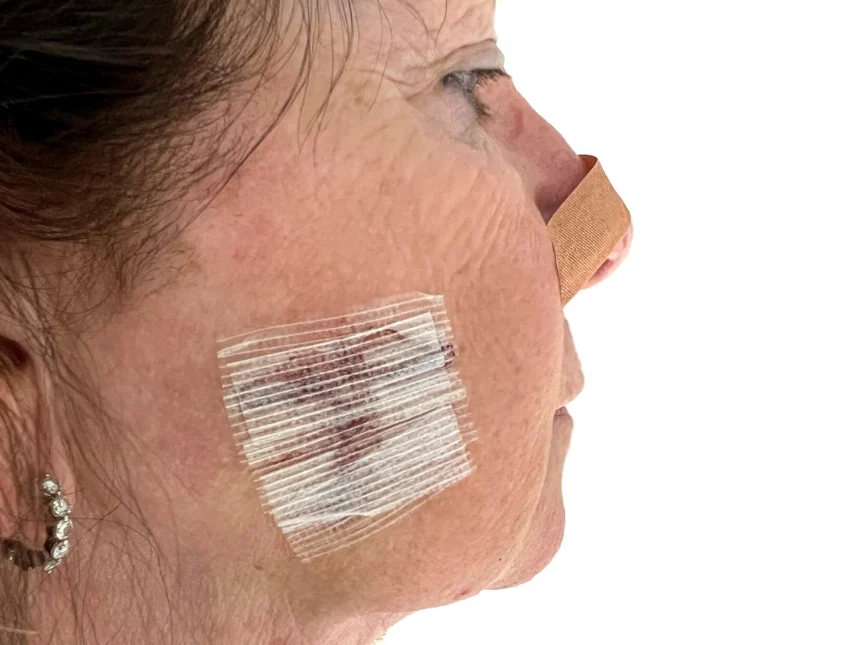Mohs surgery is a precise procedure used to treat certain types of skin cancer while preserving as much healthy tissue as possible. The technique eliminates cancer cells with minimal scarring by removing them layer by layer and examining each one under a microscope. Here’s a closer look at Mohs micrographic surgery:
What Is Mohs Surgery?
Mohs surgery is a precise surgical technique developed specifically for the treatment of skin cancer. The procedure involves removing thin layers of cancerous tissue one at a time. A trained dermatologist examines each layer under a microscope to check for remaining cancer cells.
The Mohs technique differs from standard excision surgery in several key ways. Traditional surgery removes a larger area of tissue around the tumor to make sure all cancer is eliminated. The Mohs procedure removes only the cancerous tissue, sparing the healthy surrounding skin.
Which Conditions Does It Treat?
The Mohs procedure is effective in treating various types of skin cancer. Basal cell carcinoma is the most common condition treated with this technique. This type of skin cancer grows slowly and rarely spreads to other parts of the body.
Squamous cell carcinoma also responds well to Mohs surgery treatment. This cancer type can spread to other areas if left untreated. The precise nature of the Mohs technique helps prevent cancer recurrence in these cases.
Early-stage melanoma may be treated with Mohs micrographic surgery in certain situations. Advanced melanoma that has spread requires different treatment approaches. The dermatologist evaluates each melanoma case individually to determine the best treatment option.
When Is It Recommended?
Doctors recommend Mohs micrographic surgery for certain types of skin cancers. Here are the common reasons why this surgical technique is recommended:
- Areas with thin skin, such as the face, eyelids, ears, nose, and lips.
- Large or recurring skin cancers.
- Skin cancers with unclear borders.
- Cases where microscopic examination is necessary to confirm the removal of all cancerous tissue.
- Patients with specific risk factors, such as multiple skin cancers or cancers in cosmetically sensitive areas.
This targeted approach makes the Mohs procedure an effective option for preserving as much healthy tissue as possible.
What Should You Expect?
Preparation for Mohs surgery involves several steps to aid in optimal results. Patients should avoid blood-thinning medications before surgery if approved by their doctor. The treatment area should be kept clean and free from makeup or lotions on the day of surgery.
During the procedure, the doctor first numbs the treatment area with local anesthesia. A small layer of tissue is removed and immediately examined under a microscope. If cancer cells remain, another layer is removed and examined. This process continues until no cancer cells are found. Recovery from Mohs micrographic surgery involves keeping the wound clean and dry. The doctor provides specific aftercare instructions to promote proper healing and minimize scarring.
Schedule Your Mohs Surgery Consultation
Mohs surgery offers an effective treatment option for various types of skin cancer. This precise technique eliminates cancer cells while preserving healthy tissue. If you have been diagnosed with skin cancer, contact a qualified dermatologist near you to schedule a consultation and learn more about Mohs micrographic surgery today.





